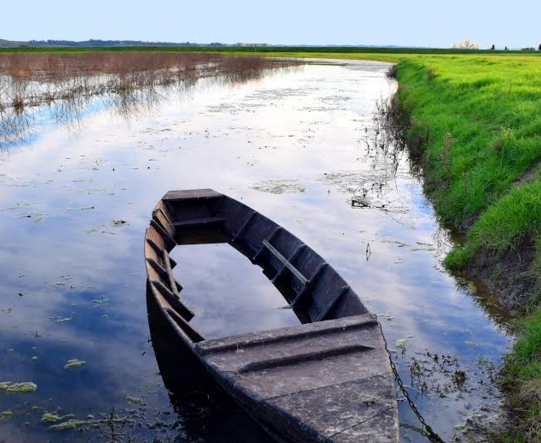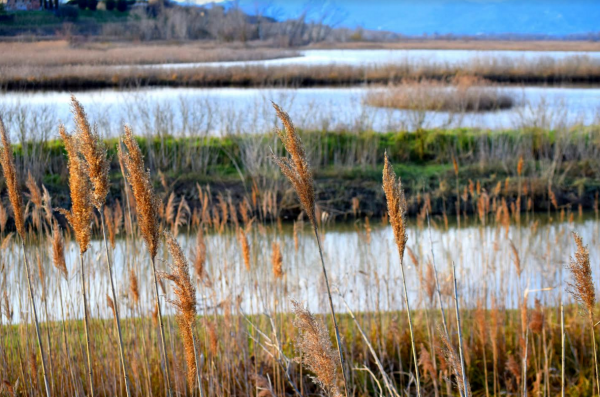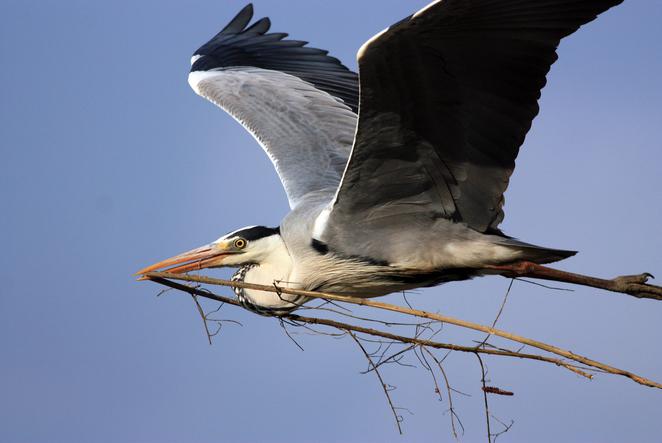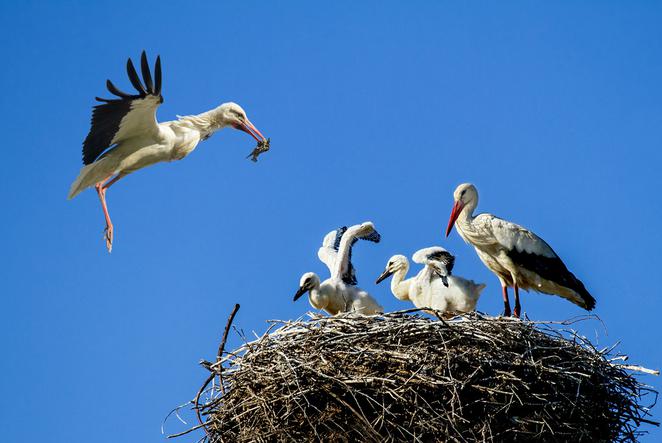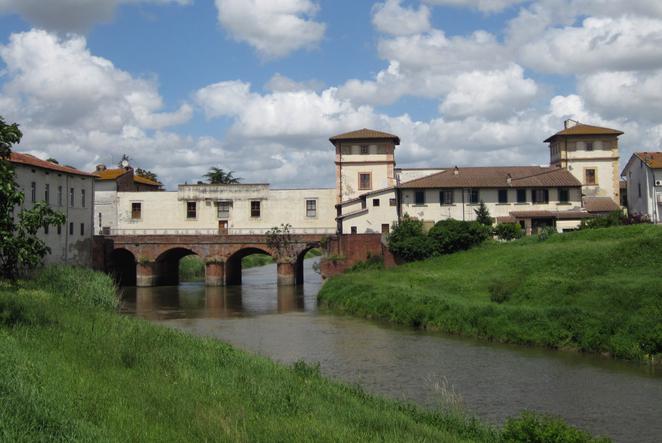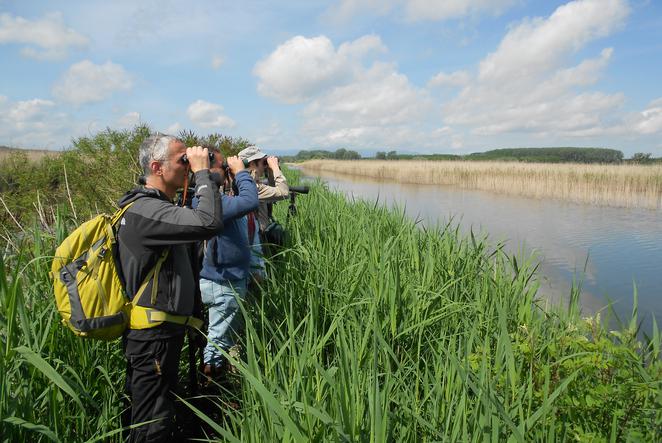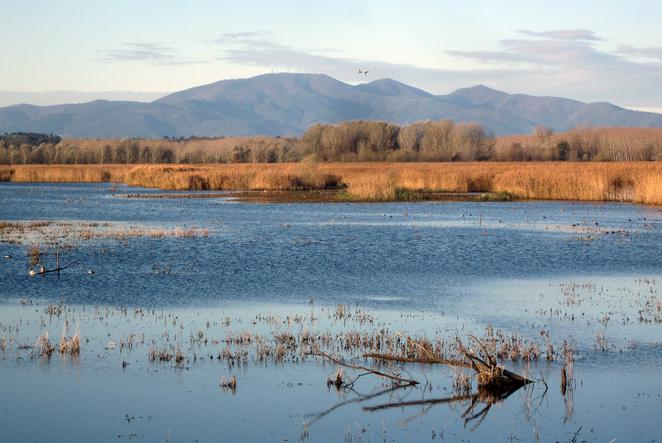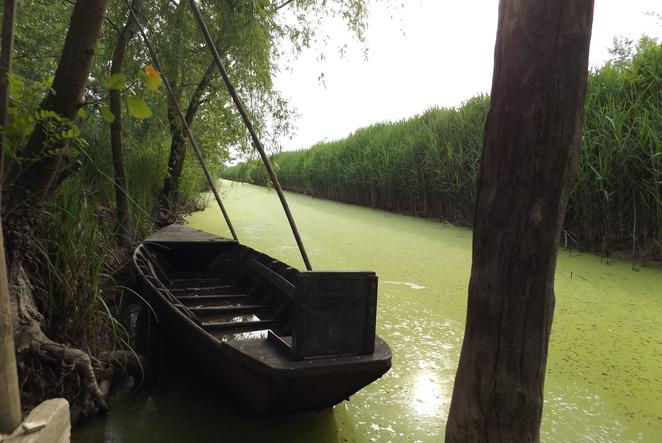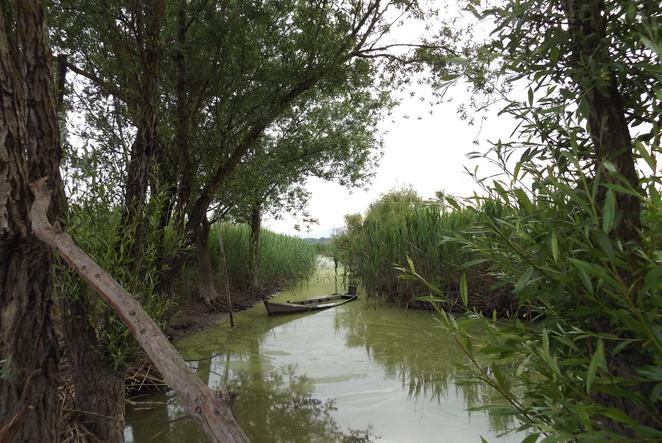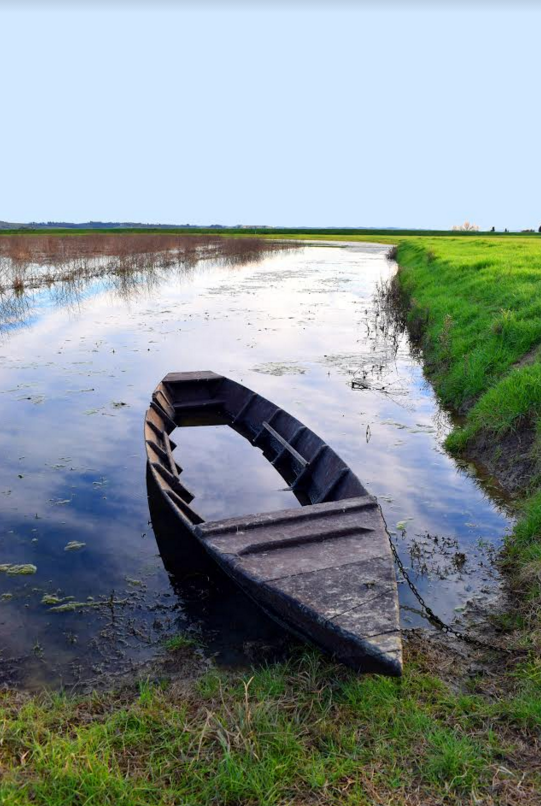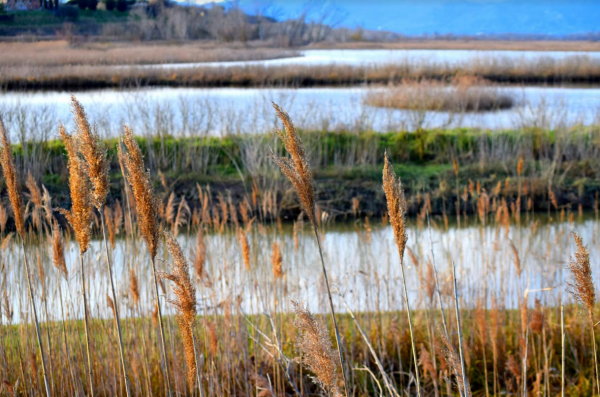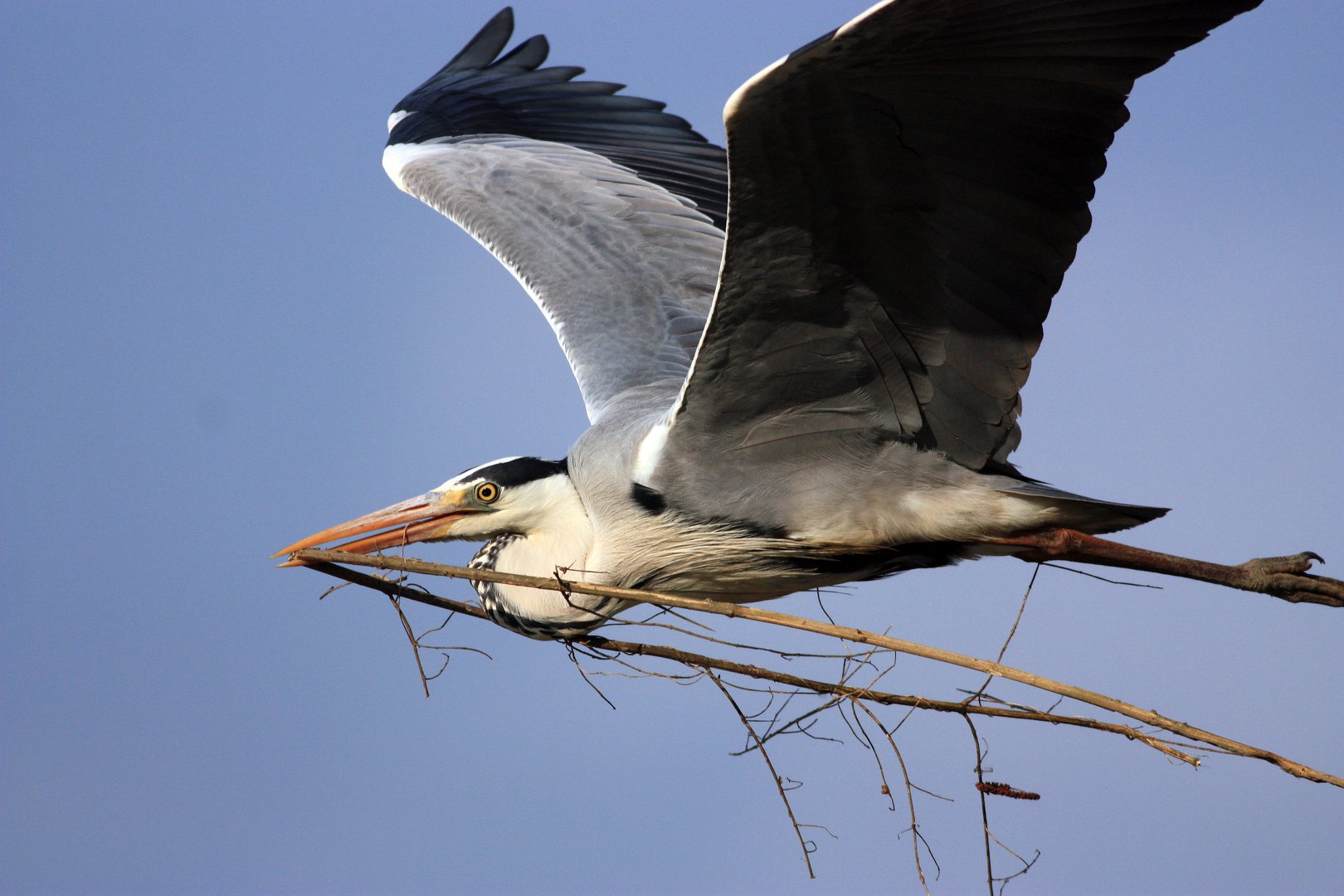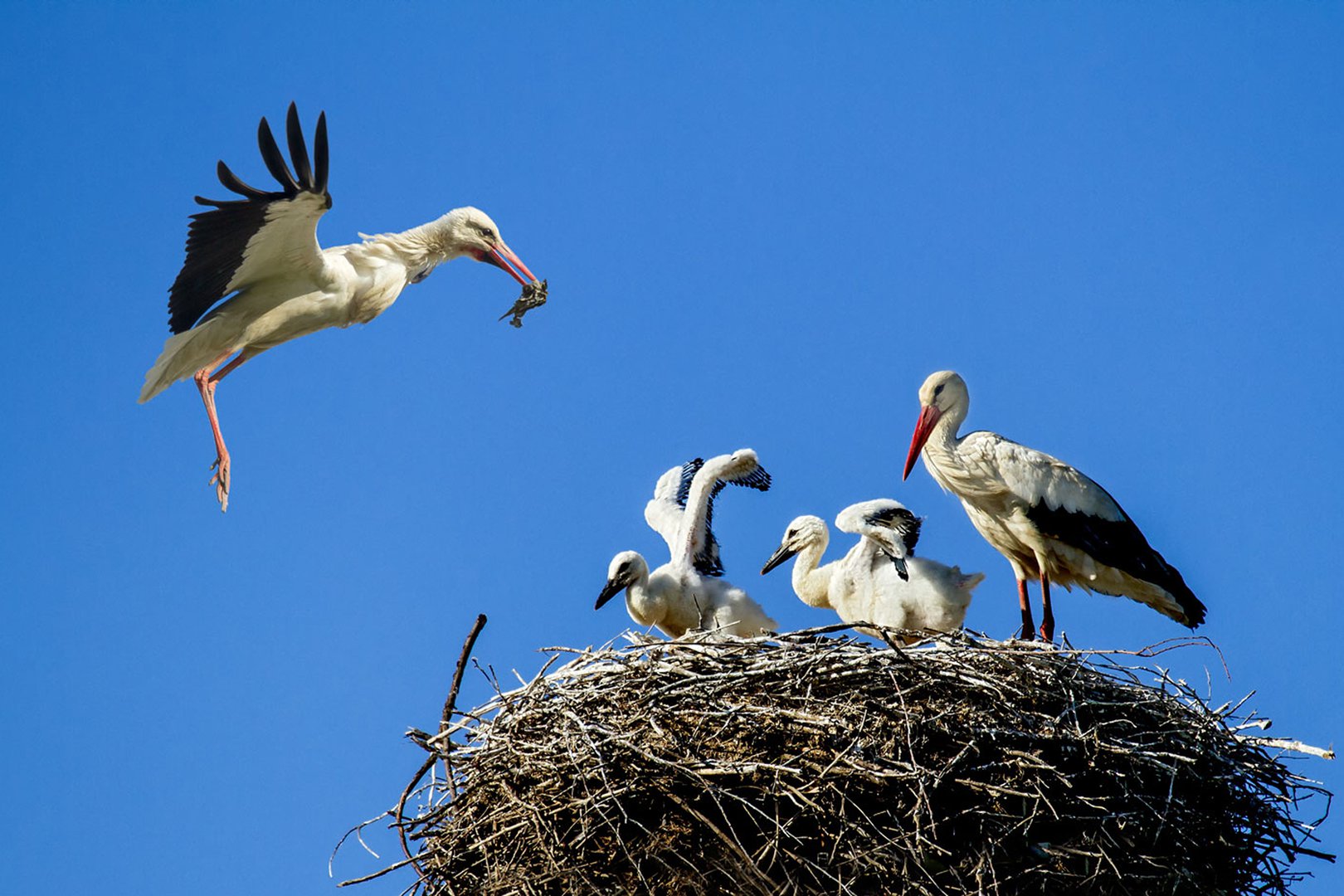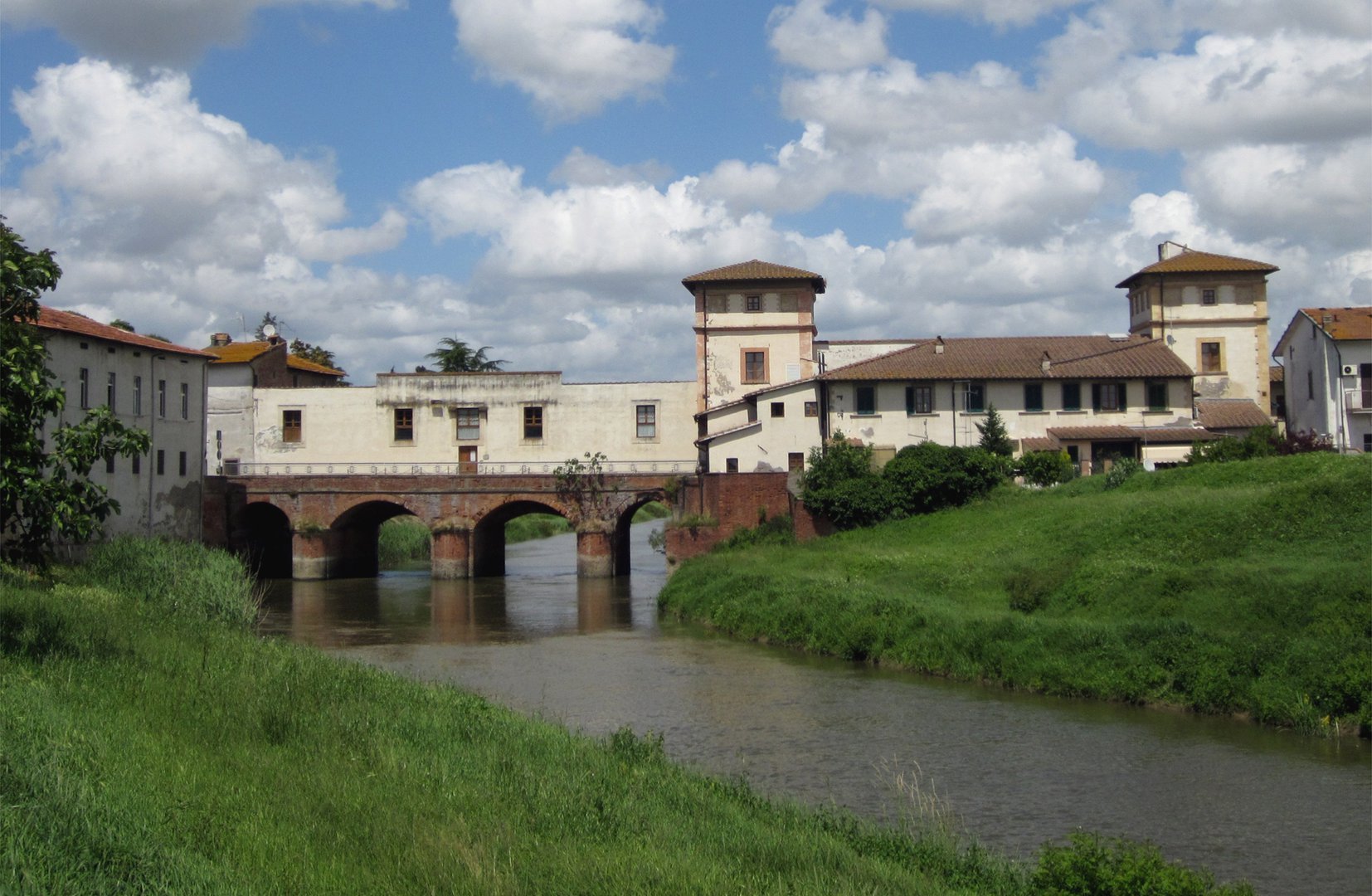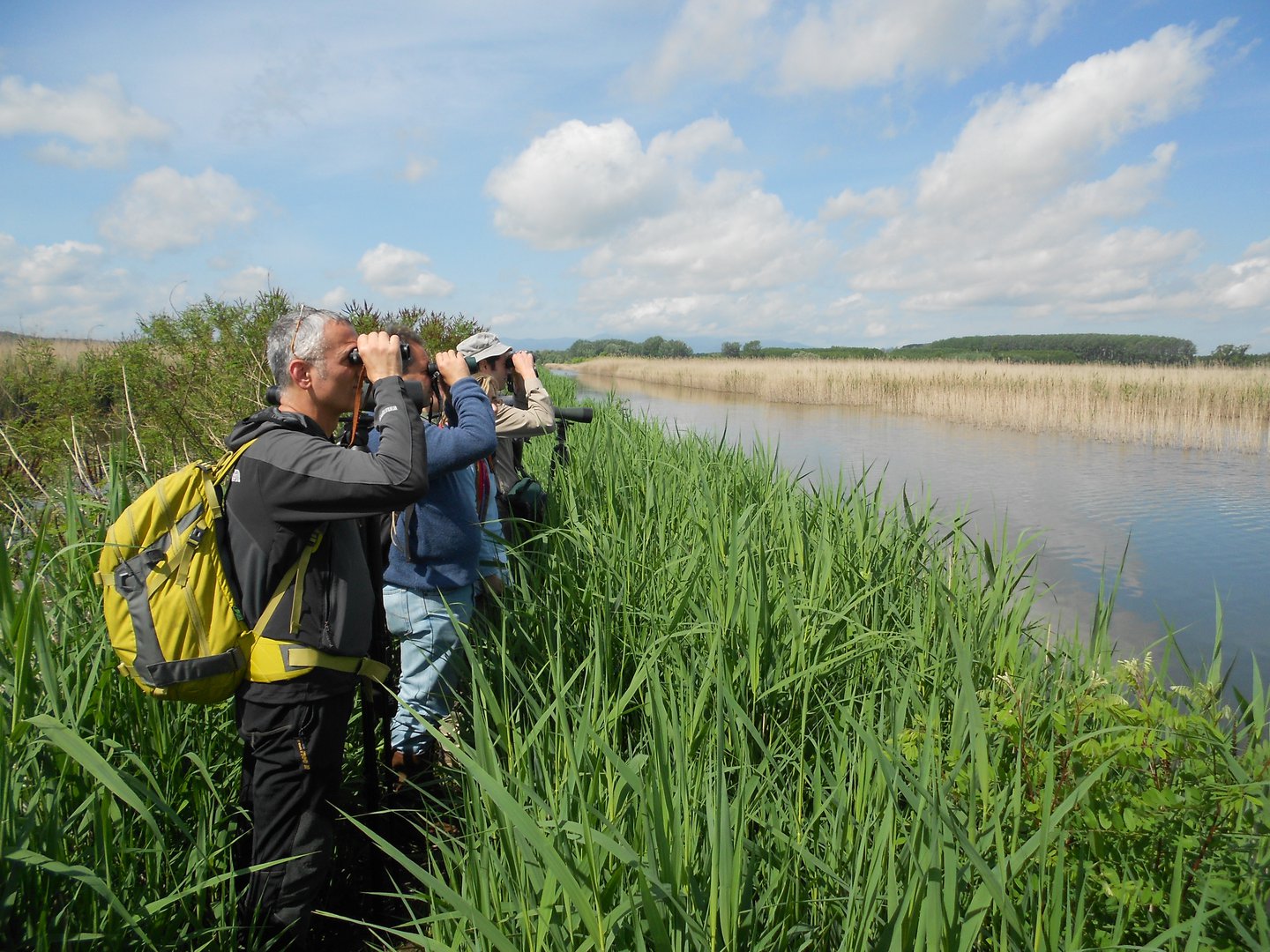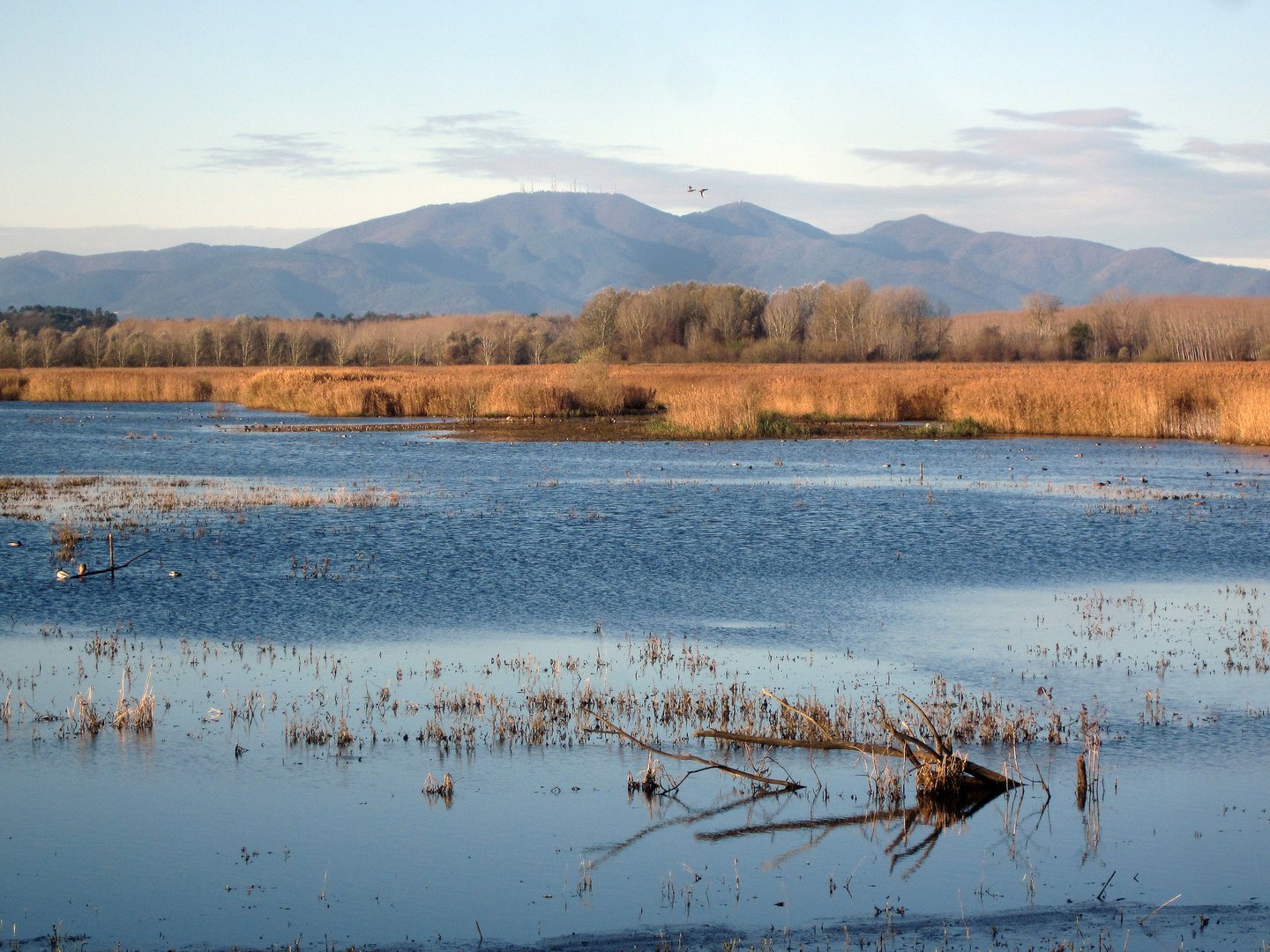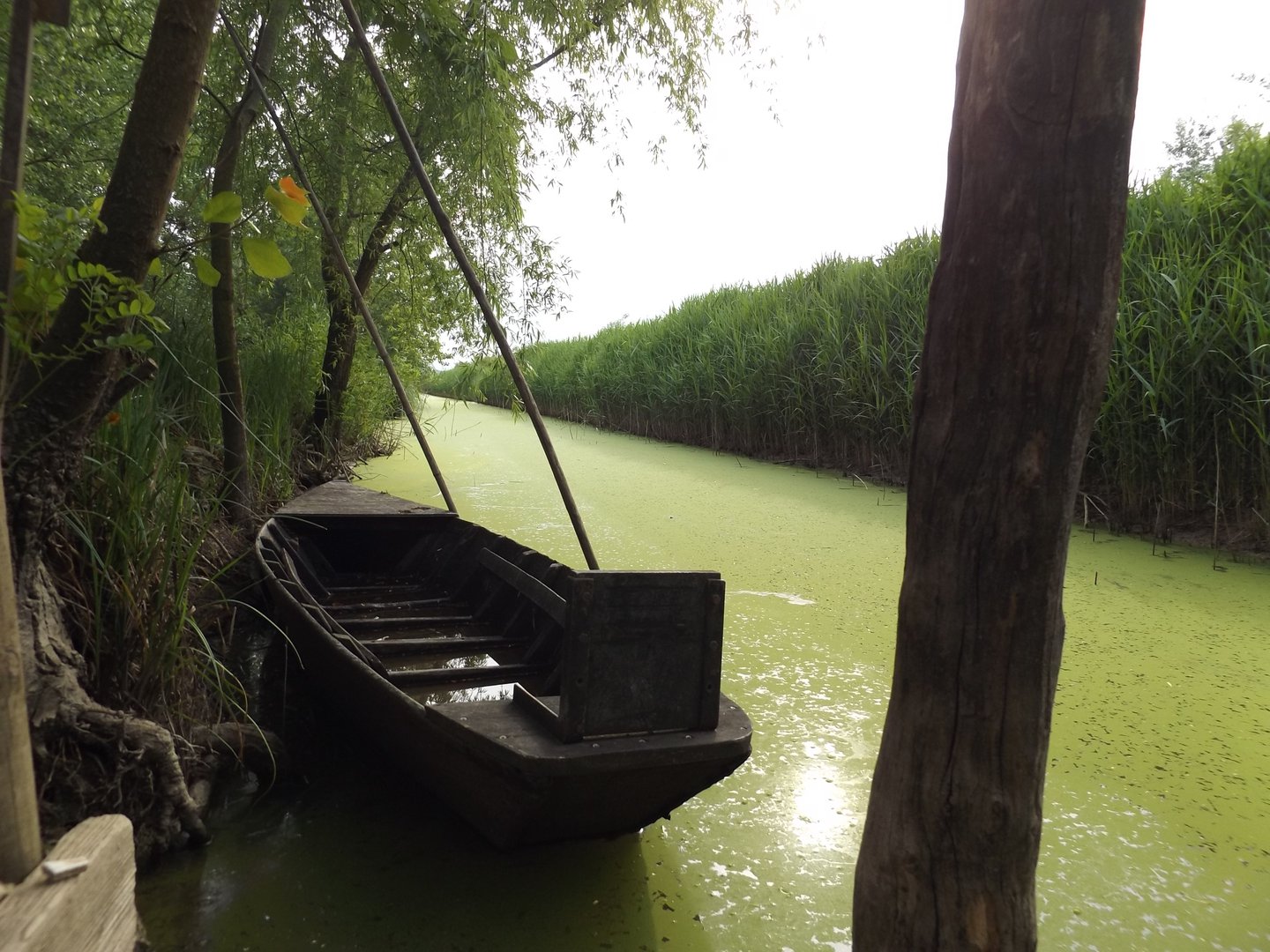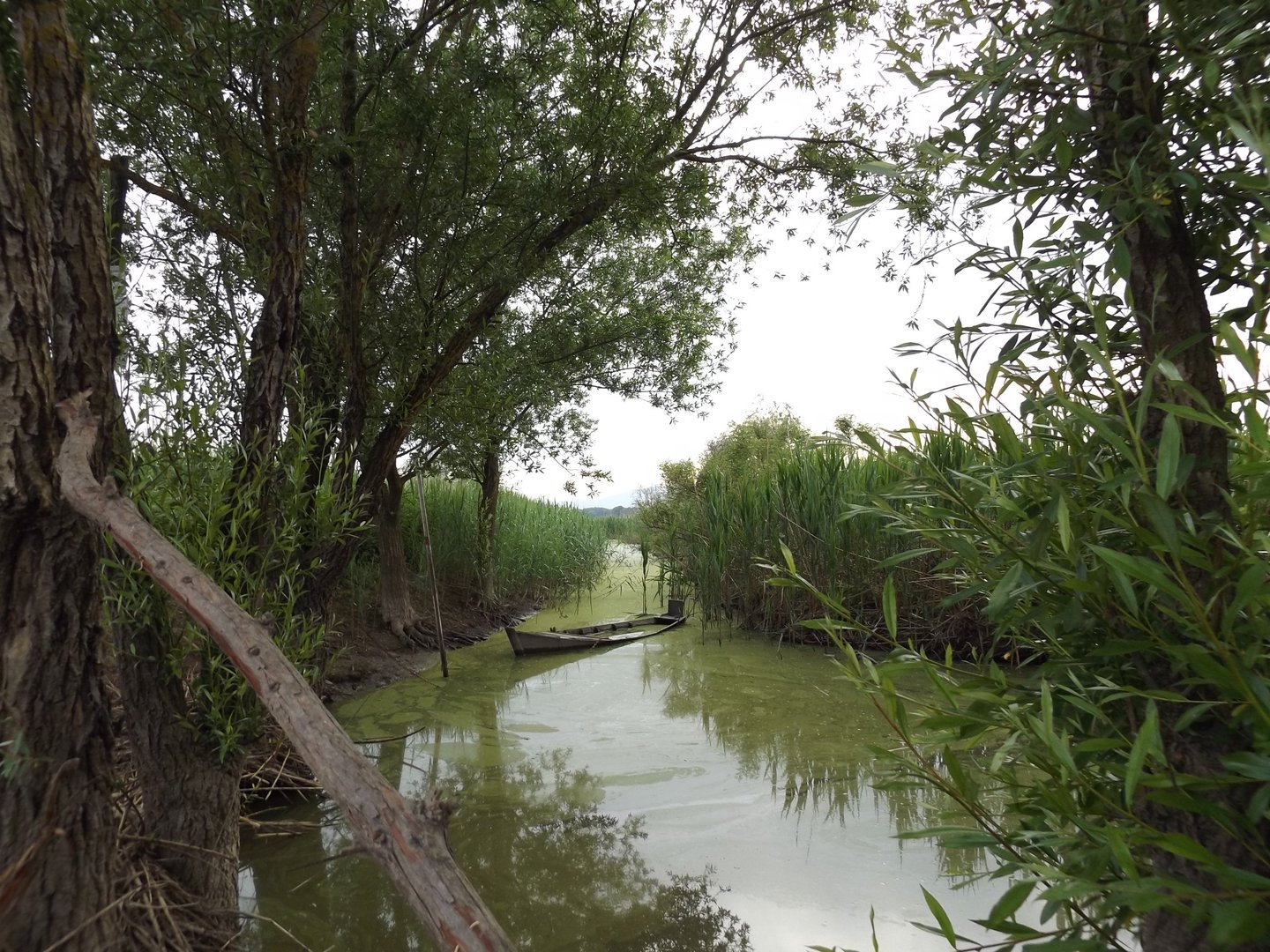Fucecchio Marshes
With its approximately 1,800 hectares divided between the Provinces of Florence and Pistoia, the Padule Fucecchio (Fucecchio Marshes) is one of the most important wetlands in Tuscany and the largest inland freshwater marsh in peninsular Italy: considerably reduced compared to that ancient lake-marsh present in ancient times, today the Padule is a basin of roughly triangular shape located in the Valdinievole, south of the Pistoia Apennines, between Montalbano and the Cerbaie hills. The main water supply derives from streams coming from the pre-Apennine slopes; the only emissary, on the other hand, is the Usciana canal, and along its route a suggestive itinerary can be traveled on foot or by mountain bike.
Within the overall extension, approximately 230 hectares are protected by Natural Reserves established by the Provincial Administrations of Pistoia and Florence, while the remaining parts fall within the relative Contiguous Areas. The Padule di Fucecchio Nature Reserve has different structures, including three wildlife observatories, one of which was created by converting one of the characteristic local shelters.
The Padule, in addition to the riches of the landscapes and nature, preserves the charm of the historical events related to the Medici and Lorraine families and the traces of the ancient processing of marsh herbs, as well as being the scene of a tragic episode of the Second World War. The historical past clearly emerges from the significant evidence of the work of man, who, over the centuries, has shaped and modified the structure of the wetland itself: thus, the canals and the port system are the signs of ancient and important waterways; the Medici bridge of Cappiano, now a tourist point of interest, as an important passage on the Via Francigena and the centre of water and fishing activities. The basin also houses tobacco dryers, authentic finds of industrial archeology.
The headstones scattered on the huts or along the banks instead tell a more recent story: the tragedy of the barbaric massacre perpetrated by the Nazifascists on 23rd August 1944, in which 175 people died. Finally there are, even if still practiced by a few artisans, activities related to the processing of marsh herbs, which include the collection and weaving of the sarello and the cat's tail, used to cover chairs and flasks, as well as the "sweet acacia" and other plants typical of this wetland.
Source: Research, Documentation and Promotion Center of the Padule di Fucecchio
Via Don Franco Malucchi, 115 (già via Castelmartini) 51036 Larciano (PT)
Information
Address: Fucecchio
Web site: http://www.paduledifucecchio.eu
E-mail address: fucecchio@zoneumidetoscana.it
Phone: 0573 84540
GPX coordinates: 43.8061515,10.8099732
